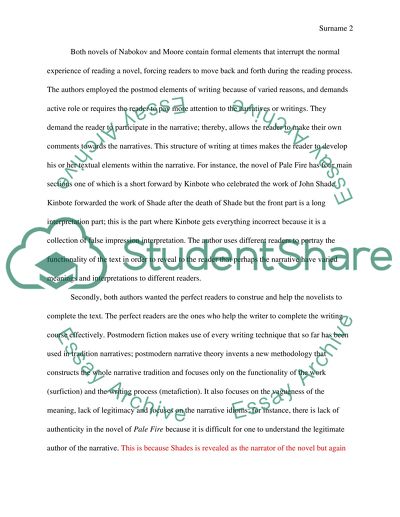Cite this document
(“Both 'Pale Fire' by Nabokov and 'Watchmen' by Alan Moore contain Essay”, n.d.)
Both 'Pale Fire' by Nabokov and 'Watchmen' by Alan Moore contain Essay. Retrieved from https://studentshare.org/literature/1479603-both-pale-fire-by-nabokov-and-watchmen-by-alan
Both 'Pale Fire' by Nabokov and 'Watchmen' by Alan Moore contain Essay. Retrieved from https://studentshare.org/literature/1479603-both-pale-fire-by-nabokov-and-watchmen-by-alan
(Both 'Pale Fire' by Nabokov and 'Watchmen' By Alan Moore Contain Essay)
Both 'Pale Fire' by Nabokov and 'Watchmen' By Alan Moore Contain Essay. https://studentshare.org/literature/1479603-both-pale-fire-by-nabokov-and-watchmen-by-alan.
Both 'Pale Fire' by Nabokov and 'Watchmen' By Alan Moore Contain Essay. https://studentshare.org/literature/1479603-both-pale-fire-by-nabokov-and-watchmen-by-alan.
“Both 'Pale Fire' by Nabokov and 'Watchmen' By Alan Moore Contain Essay”, n.d. https://studentshare.org/literature/1479603-both-pale-fire-by-nabokov-and-watchmen-by-alan.


